Small Rooms, High Frequencies:
A Well-Balanced Audio Room Using GIK’s Patented Treatments
by James Lindenschmidt, GIK Acoustics
Bass is the Base
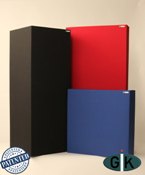 At GIK Acoustics, we spend a lot of time talking about bass traps. Since treating small rooms is our specialty, this is a good thing as bass frequencies present the biggest barriers to great sound in small rooms. Our Bass Traps are the cornerstones of our product line since they allow you to implement a great bass trapping strategy into any room, with excellent results under any budget. Our FlexRange Technology, Alpha Series, and Tuned Membrane Bass Traps are all excellent performers in their categories. But there’s more to a room than bass alone.
At GIK Acoustics, we spend a lot of time talking about bass traps. Since treating small rooms is our specialty, this is a good thing as bass frequencies present the biggest barriers to great sound in small rooms. Our Bass Traps are the cornerstones of our product line since they allow you to implement a great bass trapping strategy into any room, with excellent results under any budget. Our FlexRange Technology, Alpha Series, and Tuned Membrane Bass Traps are all excellent performers in their categories. But there’s more to a room than bass alone.
Treble Trouble?
The term “bass trap,” while generally well understood and certainly in common usage, isn’t the most accurate to describe some of these products which are more accurately considered broadband absorbers. Yes, they absorb bass, but they also absorb treble. So if you have enough broadband traps in the room to really fix the bass, you will also have profoundly altered the high end of the room – sometimes to the point of overdamping. In fact, it’s common for clients to come to us looking to upgrade their treatment strategies which may have too much high frequency absorption and not enough bass trapping.
Happily, GIK can help. We have several options to deal with both bass and midrange/treble in your room. So let’s talk about treatment strategies, and then take a look at all these available options to treat a given space or surface, from the perspective of working with high frequencies.
Putting together a well-balanced room
While great sounding rooms do have some common characteristics, the tonality of a room is largely a matter of taste. For instance, in small rooms I tend to prefer less ambience than some. This is because I do a lot of audio production and mixing so I prefer to hear the ambience in the recording itself in order to get the mix right without my room adding extra ambience of its own. However for a recording/live room, I might like more ambience assuming it is well-controlled and pleasing. For audiophile listening rooms and home theaters, taste runs the spectrum as well. So personal preference and purpose are factors to creating a great sounding room.
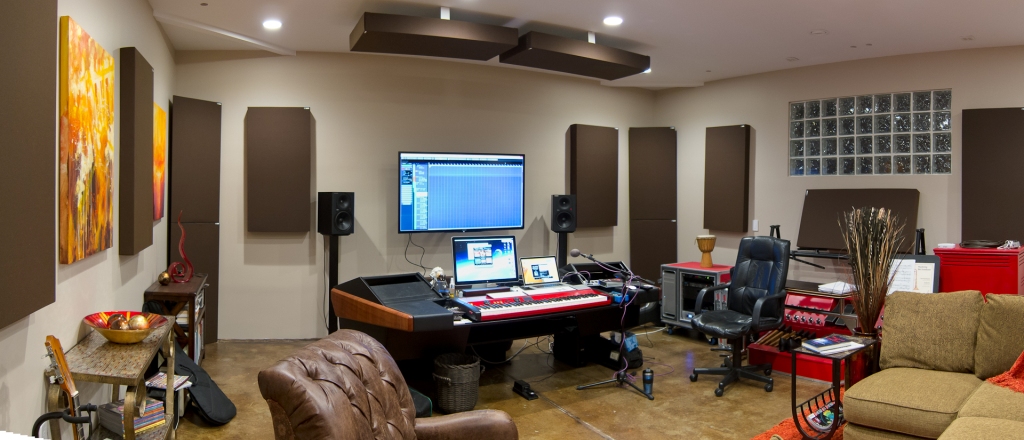 The actual size of the room will also play a big part in the audio quality. Sound travels approximately one foot per millisecond and reflections under the echo threshold – usually about 20ms or more – are quite problematic for good sound reproduction (see Unpacking ETC for more). Therefore, we should think about all the reflections we may encounter in our room in which the sound has to travel less than 20-25 feet to get to our ears. It is best to eliminate these reflections entirely, which usually points to broadband absorption. Diffusion could be used, but unless a diffusor is quite large (several feet deep), it will not perform evenly across the frequency spectrum. Different diffusors have different sounds to them, and will affect the treble response in different ways. But again, treating a room is often about taste and we certainly have customers who use diffusion at the reflection points and love it. I would suggest that this is most often the case in larger rooms where the reflection points are further away. When the reflection points are further away, it means they will be both weaker and also delayed more in time. So for the very strong, very short early reflections caused by walls less than 10’ away from you (ie, if your symmetrical room is less than 20’ wide), we recommend using broadband absorbers. And the thicker the better.
The actual size of the room will also play a big part in the audio quality. Sound travels approximately one foot per millisecond and reflections under the echo threshold – usually about 20ms or more – are quite problematic for good sound reproduction (see Unpacking ETC for more). Therefore, we should think about all the reflections we may encounter in our room in which the sound has to travel less than 20-25 feet to get to our ears. It is best to eliminate these reflections entirely, which usually points to broadband absorption. Diffusion could be used, but unless a diffusor is quite large (several feet deep), it will not perform evenly across the frequency spectrum. Different diffusors have different sounds to them, and will affect the treble response in different ways. But again, treating a room is often about taste and we certainly have customers who use diffusion at the reflection points and love it. I would suggest that this is most often the case in larger rooms where the reflection points are further away. When the reflection points are further away, it means they will be both weaker and also delayed more in time. So for the very strong, very short early reflections caused by walls less than 10’ away from you (ie, if your symmetrical room is less than 20’ wide), we recommend using broadband absorbers. And the thicker the better.
But what about the rest of the room? There are a lot of options and the end of this article goes through them individually. But for now let’s think holistically about a typical small room treatment strategy in terms of the treble. In a small room corner bass trapping and absorption at reflection points on the side walls, ceiling, and rear wall will almost always be the most important strategies (the thicker the better). These treatments will also have a significant impact on the overall ambience of the room at treble frequencies.
GIK Acoustics has options that change how a bass trap responds to treble – the FlexRange Technology Range Limiter, for instance, both enhances bass absorption and greatly reduces treble absorption. A range limiter is quite useful in small rooms; especially small rooms where treble ambience is important to preserve. The Alpha Series and our built-in Scatter Plates give more options where scattering/diffusion of the high frequencies is introduced. GIK products, therefore, give us several options to influence the treble ambience with the core treatments that we already know will be in the room, so you are off to a great start!
Sometimes we have to leave the rest of the room untreated for various ergonomic, space, or budget reasons. Don’t worry, rooms with bass trapping and Reflection-Free zones will still sound much better than an untreated room! If you are new to acoustic treatments these are a game-changer. Once you have these basic strategies implemented and there’s space in the room to add treatments, we can do even better. Let’s take a closer look at the various options available to us.
Option 0: Leave it Untreated
I listed this as option zero because chances are it’s your starting point. While it’s true that not every surface in a room has to be treated, the sonic potential of each surface in the room will likely require SOME sort of treatment in order to be maximized. Certainly there are some critical areas in the room – such as corners and early reflection points – that will pretty much always need treatment; but other less-critical spaces working together contribute heavily to the overall sound and ambience of the room.
Optimal Use Conditions:
- Non-Critical Areas. It’s OK to leave non-critical parts of your room untreated; especially at the beginning of the process. Focus on the more critical areas such as reflection points and corners to get most of the acoustics “heavy lifting” done for your room.
Option 1: Full Range (flat broadband absorption)
GIK’s broadband absorption panels include our flagship 242 Acoustic Panel, 244 Bass Trap, and Monster Bass Trap products (without a range limiter or scatter plate), as well as the Spot Panel, the ArtPanel, and various movable panels. All of these products absorb high frequencies well – down to under 300Hz – with no trouble. The thicker panels such as the 244 and the Monster extend the absorption to lower frequencies, with the Monster Bass Trap absorbing to below 60Hz while maintaining full high frequency absorption.
With (roughly) equal amounts of bass & treble absorption, these panels give the biggest overall difference in sound relative to an untreated area, since they simply absorb virtually everything that hits them. This sort of performance is absolutely essential to good sound, in certain strategic areas of the room such as side wall & ceiling reflection points where we want to totally eliminate reflections to improve system clarity.
However, because these are so effective at all frequencies, it’s easy to overdo it. Too much broadband absorption in a room will create a room that is too dead-sounding, so you want to be careful with these panels. A little goes a long way.
Optimal Use Conditions:
- First Reflection Points. Using broadband absorbers to create a Reflection-Free Zone is an essential treatment strategy, familiar to even the beginning student of room acoustics.
- Rear Wall. Broadband Monster Bass Traps are a great rear wall treatment, especially in very small rooms where the rear wall is close (less than 6’ away). But even in large, well-funded rooms they can be used along with other diffusion products to yield a superior room.
Option 2: FlexRange Technology Range Limiter (modified broadband absorption)
GIK’s Range Limiter is a wonderful addition to a broadband bass trap. The Limiter adds a proprietary membrane to a broadband panel, with two important functions: to increase the amount of bass, and decrease the amount of treble, that the trap absorbs. In small rooms, both of these strategies will help quite a bit. Bass absorption is usually the biggest problem in a small room, so it helps quite a bit with that, while at the same time reducing treble absorption. This allows you to get enough bass traps into a room to really fix the low end, without making things too dead at high frequencies.
Optimal Use Conditions:
- Corner Bass Traps. The Range Limiter works well in corners (wall corners, ceiling corners, and floor corners), or anywhere maximum bass absorption is desired while wanting to preserve high frequency ambience.
Option 3: ScatterPlate
The GIK Acoustics Scatter Plate is an available option on many of our FlexRange panels. It’s a good option where scattering of high frequencies is desired, but where the cosmetic appearance of the panel is not altered, for aesthetic consistency. The Scatter Plate also enhances bass absorption slightly, though not as much as the range limiter, and has a different sound in the treble with the scattering. The design of the ScatterPlate’s sequence gives great scattering from 2.5 kHz up to and above 10 kHz, as you can see in this graph of scattering coefficients from the testing:

Optimal Use Conditions:
- Side Walls. Use away from reflection points (where you usually want full broadband absorption), but almost anywhere else is fair game.
- Corners. Use the Scatter Plate in corners where treble scattering is desired.
Option 4: Alpha Panel
GIK’s Alpha Series are similar to the scatter plate in performance, but are a bit more refined in terms of diffusion and have another appearance. While the Scatter Plate is installed under the cloth, the Alpha Panels have the diffusor plate visible on the front face of the panel, opening up a variety of aesthetic possibilities. Alpha Series panels come in Black, White, and Blonde Wood finishes; which can provide a beautiful contrast to the normal selection of GIK fabric, Guilford of Maine (US), and Camira (Europe) fabrics.
In addition, the front face of the Alpha Panel is available with both 1-dimensional (horizontal OR vertical scattering) and 2-dimensional (horizontal AND vertical scattering) diffusion patterns, which opens up even more high frequency possibilities. Don’t forget, we generally need to be a certain distance away from a diffusor for it to work well, so vertical diffusion (from the 2-D diffusor) works best if you have high ceilings.
Optimal Use Conditions:
- Corners. Use where both premium bass trapping performance and the visual aesthetic and high frequency performance of diffusion is required.
- Rear Side walls. These are great to smash flutter echo and improve the sound of the rear of a listening room. Use away from reflection points (where you usually want full broadband absorption), but almost anywhere else is fair game.
- Low Ceilings. Use the 1-Dimensional diffusion pattern when the panels are at ear level, and if you don’t have tall ceilings.
- Tall Ceilings. Use the 2-Dimensional diffusion pattern for panels away from ear-level, and if you have tall (10-12’ or higher)
Option 5: Evolution PolyFusor
The Evolution PolyFusor is another hybrid product from GIK that both traps bass and diffuses high frequency reflections. Poly diffusors, with their round shape, have a different sound than QRD style diffusors. Often their performance is maximized when you can flank them with absorbers on either side. A great example of this is a larger recording room or live room, where you can alternate them at ear level with absorbers, all the way around the perimeter of the room. Poly diffusors also perform better in close proximity to the listener than QRD style devices, so these are very useful in really small rooms.
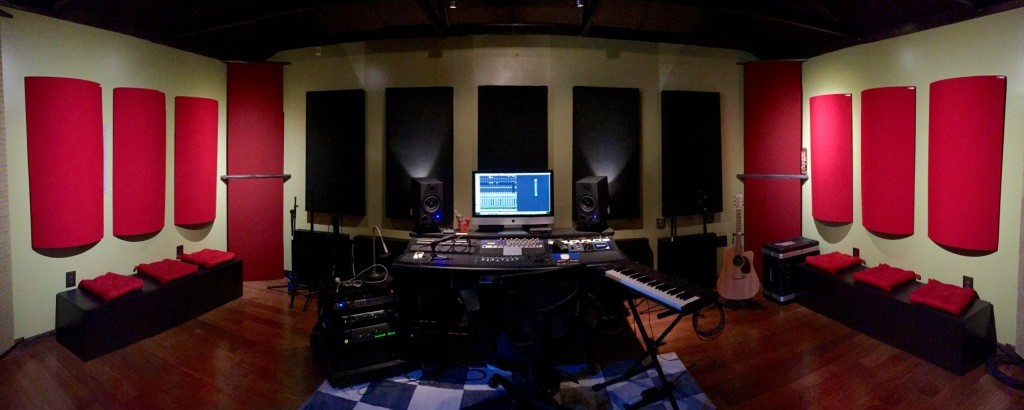
Optimal Use Conditions:
- Small Rooms. Evolution PolyFusors are an especially good choice where the listener sits close to where the diffusor is mounted, such as a listening room setup with the couch near the rear wall.
- Large Rooms. Evolution PolyFusors work best when they are flanked by absorbers, such as a live room where you can alternate PolyFusors and absorber panels. 12”x48” GIK 244 Bass Traps are a great option for this role.
Option 6: GridFusor
The GIK GridFusor is an ideal option for ceiling grids, since it was designed to simply drop into place inside a standard grid. It is a QRD style diffusor, incorporating a mirror-imaged pair of 13-root diffusors. The GridFusor provides excellent diffusion from 600 Hz to 5,000 Hz, with additional scattering below and above the diffusion range.
Optimal Use Conditions:
- Drop Ceiling grids. The GridFusor was designed for this application and works beautifully there.
- Walls where no bass trapping is needed. The GridFusors can also be mounted on a wall, and are useful in places where bass trapping isn’t required, but high frequency treatment is desired.
Option 7: Q7d Diffusor
The Q7d Diffusor is GIK’s premium diffusor where performance down into the lower midrange/upper bass region is required. It incorporates a 7-root well diffusor design that begins scattering at approx 350 Hz and offers effective and even diffusion up through 3 kHz, with additional scattering out to 7 kHz. You can also hang the Q7d Diffusor in mirror imaged pairs to cover a larger area without repeating the well pattern to avoid lobing.
Optimal Use Conditions:
- Larger Rooms. The Q7d Diffusor is ideal for larger rooms where several diffusors are needed to cover a wall, or where listeners are more than 6’ from the installed diffusors.
- Premium Fit & Finish. The Q7d Diffusor is also perfect for rooms where the aesthetic look is just as important as performance. The Q7d uses high quality wood laminates, cut with precision CNC machines, allowing for extremely tight and repeatable tolerances at an extremely competitive price.
When In Doubt, Ask For Help
As always, we are happy to help you maximize the sonic potential of your room with our many years of experience and patented GIK Acoustic treatments. Contact us for free acoustical room advice.


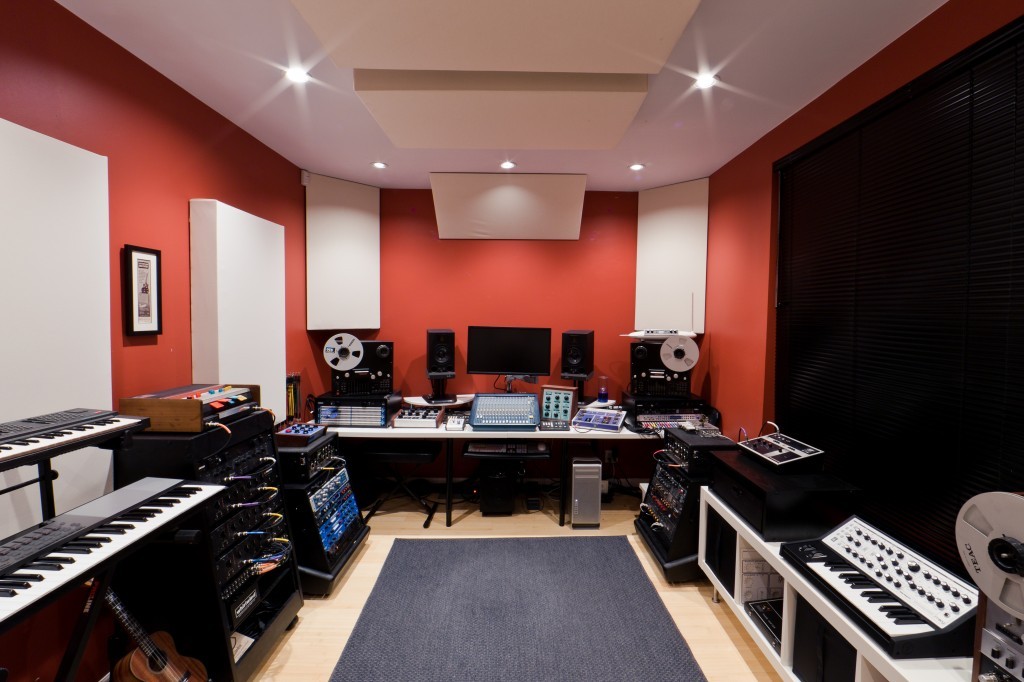

GIK Giveaway Viral Video Contest 2024
Room EQ Wizard TUTORIAL
How to set up and use REW In this video we show you how [...]
DIFFUSION Concepts Explained
How Acoustic Diffusers Work And Which One Is Right For You In this video [...]
Jan
The GIK Acoustic Advice
Get Your Room Sound Right For FREE! In this video we are giving a [...]
Jan
Designer Tips: The Significance of “Clouds” with Mike Major
When people reach out to us at GIK for acoustic advice, we never have any [...]
Jun
Designer Tips: The Importance of Coverage Area with James Lindenschmidt
The most important factor in acoustic treatment performance is coverage area. Or more specifically, the [...]
May
Designer Tips: Home Theaters and Acoustic Balance with John Dykstra
Without fail, one of the first things our clients say to us when we begin [...]
May
Summer Giveaway 2021 Vote
The GIK Acoustics Summer Giveaway Photo Contest 2021 invited customers to submit photos illustrating how [...]
Aug